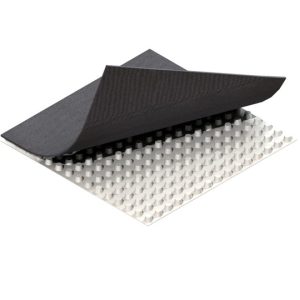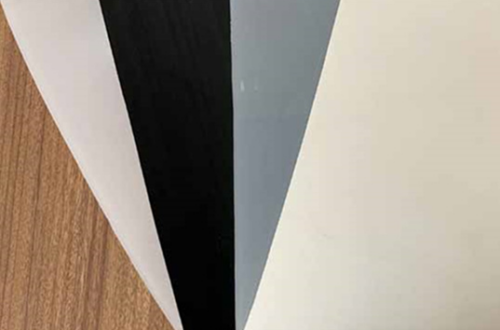Pan Tilt Unit Technology Overview
# Pan Tilt Unit Technology Overview
## Introduction to Pan Tilt Units
Pan Tilt Units (PTUs) are mechanical devices that provide controlled movement in two axes: pan (horizontal rotation) and tilt (vertical rotation). These systems are widely used in various applications where precise positioning and tracking of objects are required.
## Key Components of a PTU
A typical PTU consists of several essential components:
– Base: The stationary part that supports the entire unit
– Pan mechanism: Provides horizontal rotation
– Tilt mechanism: Enables vertical movement
– Motors: Usually servo or stepper motors for precise control
– Control system: Electronics that manage movement and positioning
– Feedback sensors: Encoders or potentiometers for position verification
## Types of Pan Tilt Units
PTUs come in different configurations to suit various applications:
### 1. Motorized PTUs
These units use electric motors for precise control and are commonly used in surveillance, robotics, and scientific applications.
### 2. Manual PTUs
Operated by hand, these are simpler and more cost-effective solutions for basic positioning needs.
### 3. Heavy-duty PTUs
Designed for larger payloads, these units feature robust construction and more powerful motors.
## Applications of Pan Tilt Technology
PTUs find applications in numerous fields:
– Surveillance and security systems
– Robotic vision systems
– Laser targeting and pointing
– Astronomical tracking
– Camera stabilization
– Industrial automation
– Defense and military systems
## Technical Specifications to Consider
When selecting a PTU, several technical parameters should be evaluated:
– Rotation range (pan and tilt angles)
– Speed and acceleration capabilities
– Payload capacity
– Positioning accuracy and repeatability
– Environmental protection (IP rating)
– Power requirements
– Communication interfaces
## Control Methods
Modern PTUs can be controlled through various methods:
– Serial communication (RS-232, RS-485)
– Ethernet or WiFi connectivity
– USB interfaces
– Analog voltage control
– Pulse-width modulation (PWM)
– Custom protocol implementations
## Recent Advancements in PTU Technology
The field of pan tilt technology has seen significant improvements:
– Integration with AI and machine learning for autonomous tracking
– Development of frictionless magnetic bearing systems
– Miniaturization for portable applications
– Improved energy efficiency
– Enhanced durability and reliability
Keyword: pan tilt unit
– Better integration with other systems through standardized protocols
## Future Trends
Emerging trends in PTU technology include:
– Increased use of smart materials for lighter, stronger constructions
– Development of self-calibrating systems
– Improved wireless control capabilities
– Integration with IoT ecosystems
– Advanced predictive maintenance features
– Enhanced cybersecurity for networked units
## Conclusion
Pan Tilt Units continue to evolve, offering increasingly sophisticated solutions for precise positioning and tracking applications. As technology advances, we can expect PTUs to become more intelligent, efficient, and versatile, opening up new possibilities across various industries.


